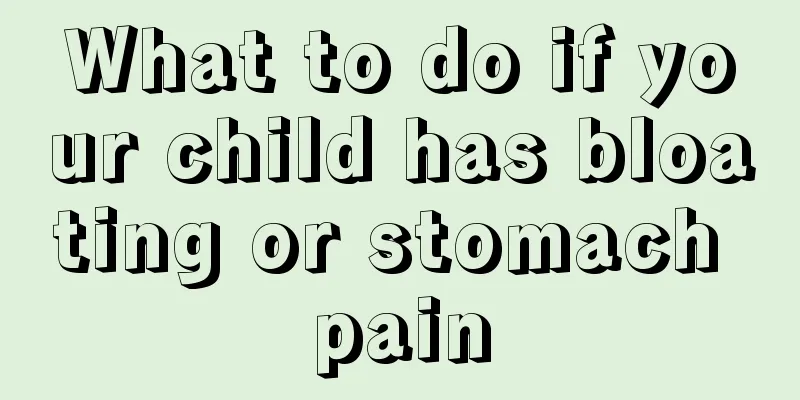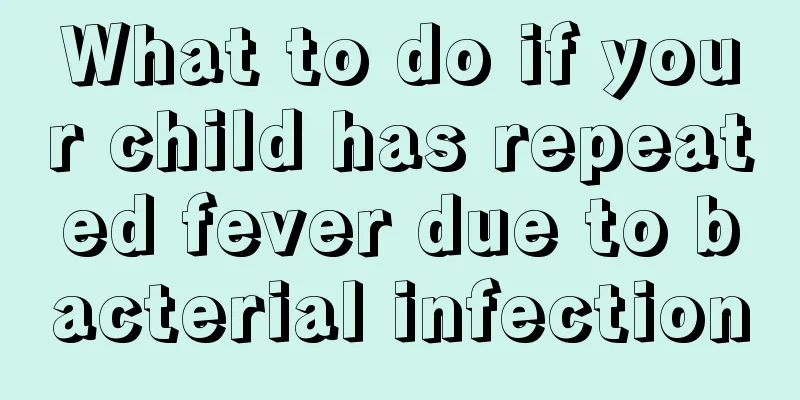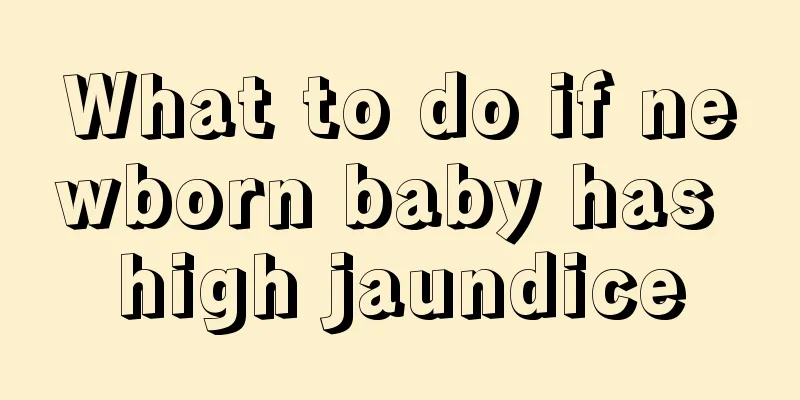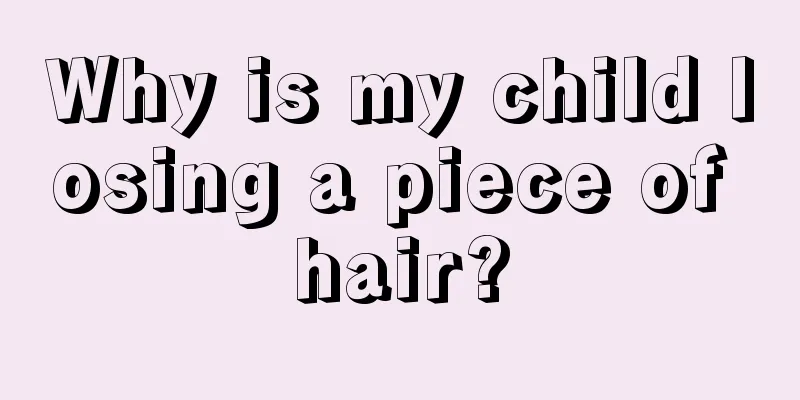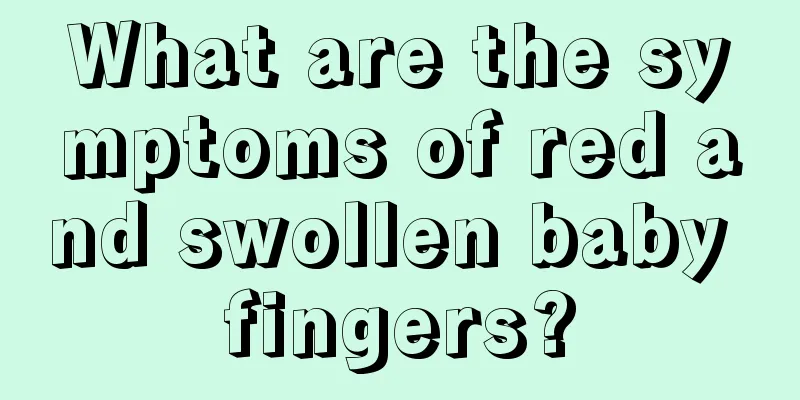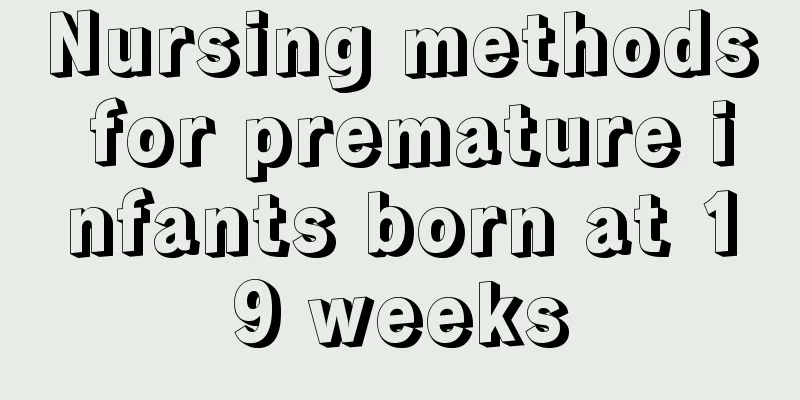What are the symptoms of recovery from cerebral palsy in children?
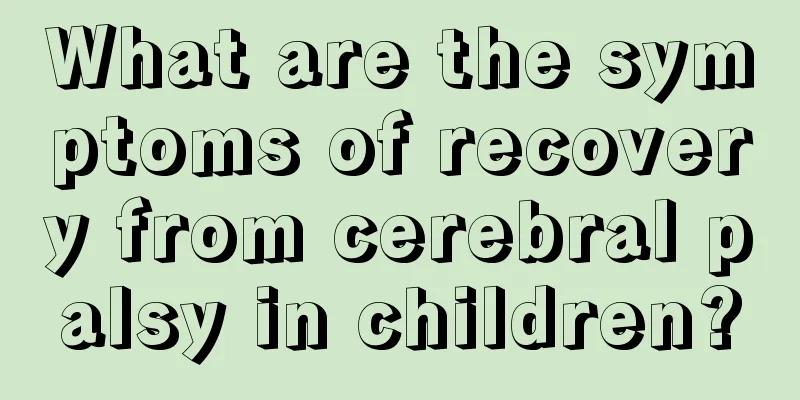
|
Cerebral palsy in children is what we often call cerebral palsy. If a child suffers from cerebral palsy, he must go to the hospital for examination and treatment in time, otherwise it will affect his daily life and work in the future, and it is very harmful to human health. The more common symptoms of cerebral palsy are abnormal behavior, hearing and language disorders, etc. However, if cerebral palsy is treated professionally, most of them will recover. Sudden stiffness of the child: difficulty in certain positions, such as dressing the child in a supine position, flexing his body or hugging him. Loose: The baby's head and neck are loose and he cannot lift his head. When he was held in the air, his limbs drooped. The baby rarely moves. Developmental delay: Learning to lift the head, sit, and use hands is slower than that of children of the same age. One part of the body may be used more than another, e.g. some children often use one hand instead of both. Poor feeding: Poor aspiration and swallowing. The tongue often pushes milk and food out. Difficulty keeping quiet. Abnormal behavior: May be crybaby, irritable, and a poor sleeper, or may be very quiet, sleep too much, or not smile at 3 months. 1. Early symptoms (1) Newborns or three-month-old infants are easily startled, cry incessantly, refuse to drink milk, and have difficulty sleeping. (2) Difficulties in early feeding, chewing, drinking, and swallowing, as well as drooling and breathing disorders. (3) Low sensory threshold, manifested as being easily startled by noise or changes in body position, and having an increased hugging reflex accompanied by crying. (4) Normal infants shortly after birth may step alternately with their feet when standing upright due to the stepping reflex. Although it may disappear once at 3 months of age, if the child still has no signs of standing or taking steps at 3 months of age, cerebral palsy should be suspected. (5) Babies over 100 days old are still unable to lift their heads, and their heads still sway when they straighten their backs at 4 to 5 months. (6) Fist clenching: Generally, infants can clench their fists but not open them within 3 months after birth. If the thumb is still adducted and the hand cannot be opened at 4 months, cerebral palsy should be suspected. (7) A normal baby should be able to reach out and grab objects when seeing them between 3 and 5 months old. If a baby still cannot do so after 5 months, it is suspected that the baby has cerebral palsy. (8) Generally, babies will smile 4 to 6 weeks after birth and recognize people later. Children with spastic cerebral palsy have apathetic expressions, while children with athetoid cerebral palsy often look sad. (9) Muscles are loose and unable to turn over, and movements are slow. When you touch the inner thigh of the child, or let the child's feet rest on the bed or jump up and down, the lower limbs will extend and cross. (10) Stiffness, especially when dressing, the upper limbs are difficult to put into the cuffs; when changing diapers or washing, the thighs are difficult to extend; when wiping the palms and taking a bath, the limbs become stiff. Babies don't like baths. (11) Premature development: Children with cerebral palsy may roll over prematurely, but it is a sudden reflexive rolling over, with the whole body rolling over like a log, rather than a conscious segmental rolling over. Infants with spastic diplegia may have stiff legs before they can sit up and stand on pointe like a ballerina. 2. Main symptoms (1) Movement disorders: The patient has poor motor self-control ability. In severe cases, the patient cannot grasp objects with his hands or walk with his feet. Some patients cannot even turn over, sit up, stand, or chew and swallow normally. (2) Postural disorders: Various abnormal postures, poor posture stability, the head cannot be straightened at 3 months, and is accustomed to leaning to one side, or swaying left and right, front and back. The child does not like to take a bath and has difficulty opening his fist when washing his hands. (3) Intellectual Disability: About 1/4 of the children have normal intelligence, about 1/2 have mild or moderate intellectual disability, and about 1/4 have severe intellectual disability. (4) Language barriers: difficulty in language expression, unclear pronunciation or stuttering. (5) The most common visual and auditory impairments include esotropia and difficulty in distinguishing the rhythm of sounds. (6) Growth and development disorders and short stature. (7) Developmental disorders cause teeth to be loose and easily broken. Orofacial dysfunction, with spasms or sometimes uncoordinated contractions of the facial and tongue muscles, difficulty chewing and swallowing, difficulty closing the mouth, and drooling. (8) Emotional and behavioral disorders: Stubbornness, willfulness, irritability, and withdrawal, with mood swings and sometimes compulsive, self-harming, and aggressive behaviors. (9) 39% to 50% of children with cerebral palsy develop epilepsy due to fixed lesions in the brain, especially those with severe intellectual disability. |
<<: How to whiten a child’s tanned skin?
>>: My child's dislocated arm still hurts after being relocated
Recommend
Does your child have blood on his butt after defecation?
Generally speaking, when children have blood in t...
How to care for baby's red buttocks
Everyone must have heard of the term red asshole....
What is the reason for the red spots around the baby's belly button?
Clinically, there are many causes of red spots ar...
Can babies drink pomegranate juice?
For babies, drinking some pomegranate juice appro...
Is the baby's stuffy nose a cold?
Babies often have nasal congestion, which can be ...
What should I do if my child has keratitis?
In life, eye diseases are quite common, especiall...
Should children's abdominal lymph nodes be treated?
Nowadays, most families have only one child, and ...
How to supplement calcium for six-year-old children
As we all know, calcium is a very important eleme...
What to do if your baby has a rash after having a fever
Many parents have found that their babies develop...
Occult blood in newborns
If there is occult blood in the newborn's sto...
Subependymal cyst in the newborn
Some newborn babies may suffer from subependymal ...
What happens if the milk powder is diluted?
The baby’s diet can be said to be the focus of th...
Is nephrotic syndrome in children serious?
Most kidney diseases occur in adults and adolesce...
Treatment for baby's cough in the middle of the night
We all know that many people have experienced the...
Why is the baby's stool dark green?
Nowadays, every child is the treasure of the fami...



